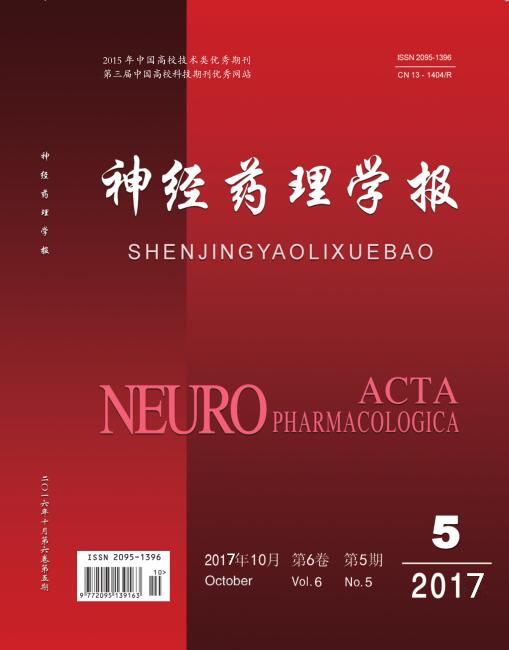Objective:To investigate the protective effect of astragaloside IV (AS-IV) on oxygen and glucose deprivation/reoxygenation of PC12 cells and the mechanism of PI3K/Akt/Bcl-2 signaling pathway. PC12 cells were cultured in vitro and nimodipine was used as a positive control. Pretreatment was carried out with different concentrations of AS-IV(1.00、0.10、0.01 μmol·L-1). Methods:The oxygen-glucose deprivasion/reperfution (OGD/R) model was made. CCK-8 assay was used to detect the viability of PC12 cells. LDH kit was used to measure the leakage of lactate dehydrogenase. Hoechst 33342/PI staining was used to detect the apoptosis and necrosis. The expression of Akt,p-Akt,Bcl-2,Bax,and Caspase-3 were detected by western blot. Results:The results showed that AS-IV can increase the cell viability of OGD/R in PC12 cells and decreasethe leakage rate of LDH and apoptosis. The expression of p-Akt/Akt and Bcl-2 protein were up-regulated and the expression of pro-apoptotic protein Bax and Caspase-3 were down-regulated in a dose-dependent manner. PI3K/Akt signaling pathway inhibitor LY2940002 inhibits the effects of AS-IV on apoptosis-related proteins in OGD/R injury of PC12 cells. Conclusion:AS-IV has protective effect on PC12 cells injured by OGD/R,and the protective mechanism is related to PI3K/Akt/Bcl-2 signaling pathway.

